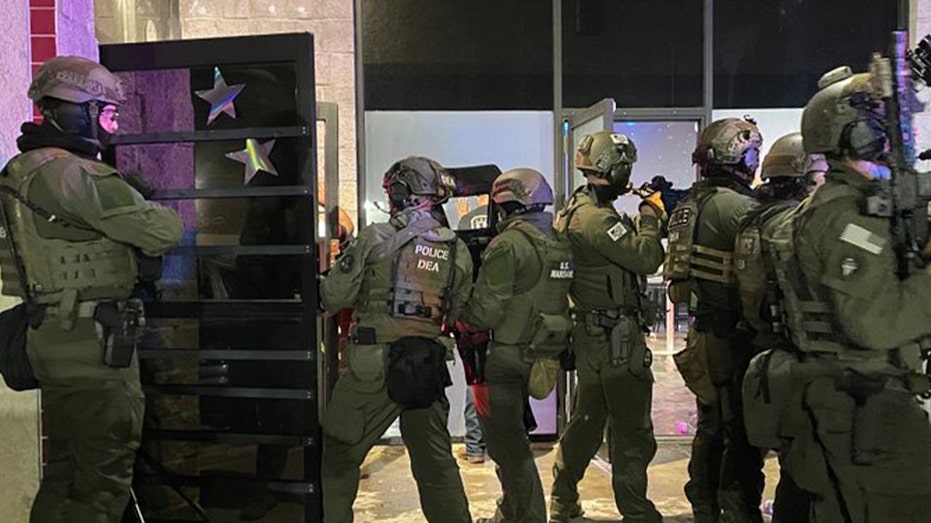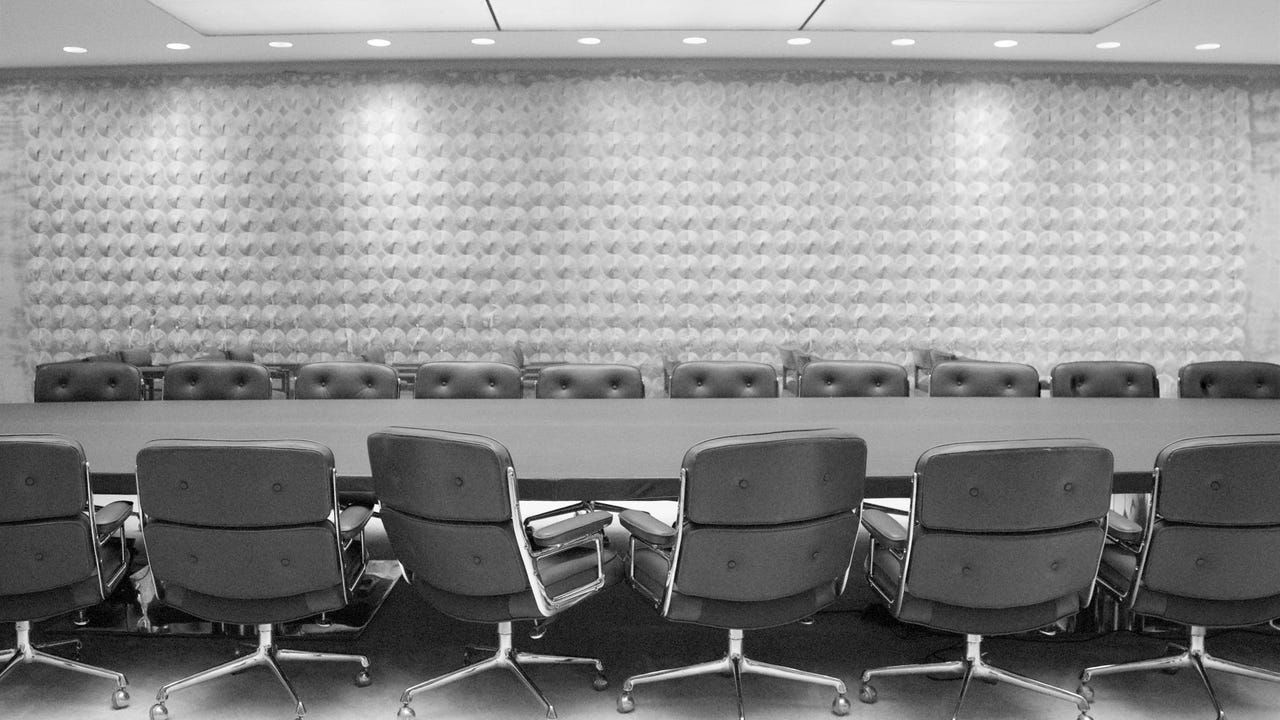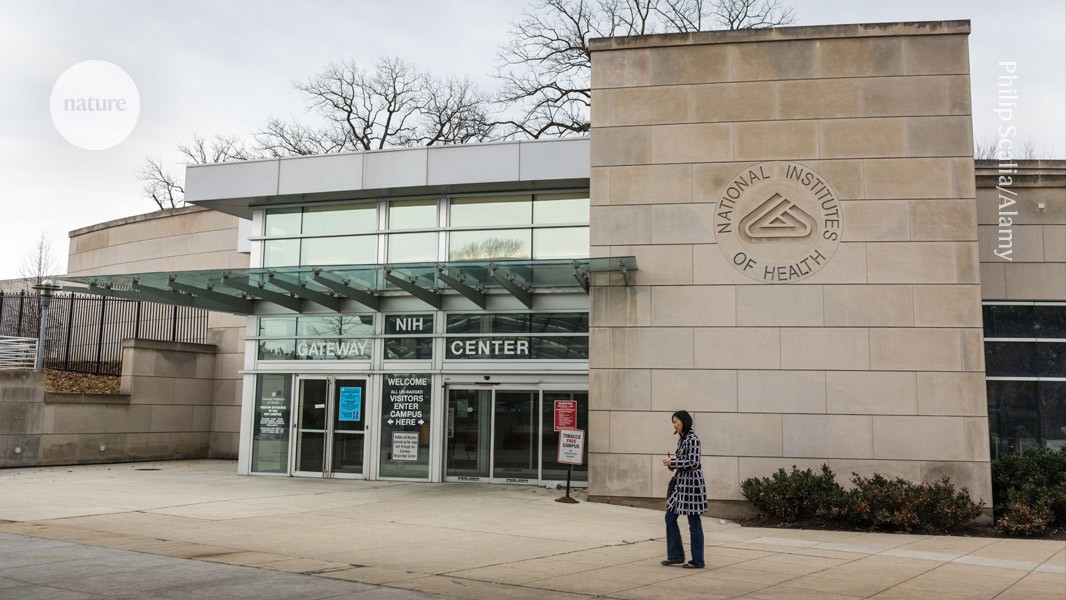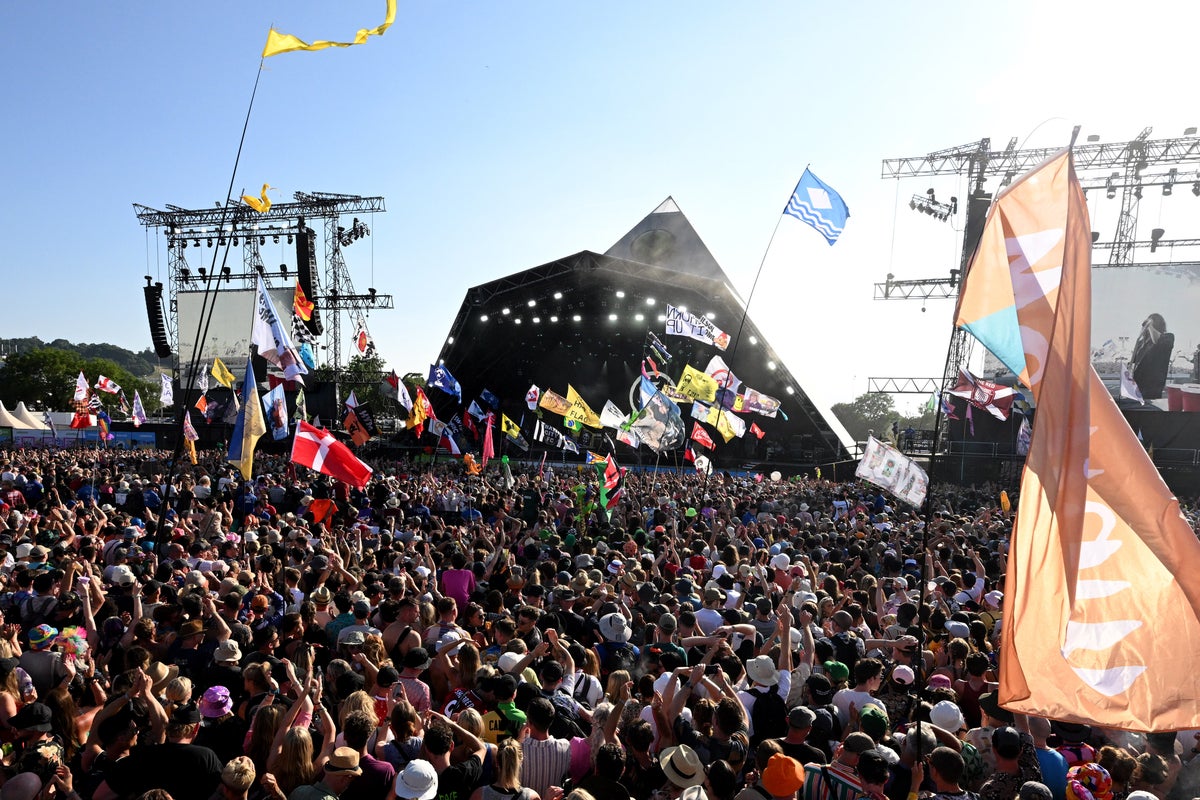Who Is Most Scared on Harvard’s Campus? Don’t Ask the New York Times.
Harvard released dueling reports on antisemitism and anti-Palestinian, Arab, and Muslim bias. Guess which one the Times emphasized? The post Who Is Most Scared on Harvard’s Campus? Don’t Ask the New York Times. appeared first on The Intercept.


When it comes to how it treats different groups on campus, Harvard wants the world to know that it is balanced. It cares about all groups equally. So naturally, on Tuesday, when it issued a lengthy report about antisemitism at Harvard, the university also issued a lengthy report on Islamophobia and anti-Arab bias at Harvard.
The reports reveal a profound imbalance at Harvard. One group, overwhelmingly, feels unwelcome and unsafe. You’d never know which group that is, however, from reading the New York Times.
Before I say anything else — and there is much to say — it’s important to note that how the New York Times reports this news will loom large in the public imagination and has the potential to do much damage.
Consider these two paragraphs, which get buried two-thirds of the way into the New York Times piece on the two Harvard reports:
The two task forces worked together to create a campuswide survey that received nearly 2,300 responses from faculty, staff and students. It found that 6 percent of Christian respondents reported feeling physically unsafe on campus, while 15 percent of Jewish respondents and 47 percent of Muslim respondents reported the same. (The university does not track the total population of these groups on campus.)
In addition to the 92 percent of Muslim respondents who worried about expressing their views, 51 percent of Christian respondents and 61 percent of Jewish respondents said they felt the same way.
Got that?
For all the articles, claims, reports, think pieces, op-eds, statements, and speeches from elected politicians and other worthies about rampant antisemitism on campus, these two massive reports discover that the one group on campus — whether we are talking about faculty, students, or staff — that most consistently feels nervous about expressing its views and most consistently feels physically unsafe on campus are … Muslims.
We are often asked to take the feelings and perceptions of Jewish students, faculty, and staff as proxies for the objective safety and security and sense of welcome that Jewish people do or do not feel on campuses across the country. Yet, according to their self-reported experiences in the new Harvard studies, Jewish students, faculty, and staff at Harvard consistently feel more welcome, safer, and freer to be Jews, including being Zionist Jews, than do Muslims at Harvard.
One-sided “Ism”
With that in mind, let’s look at how the Times led off its piece:
A Harvard task force released a scathing account of the university on Tuesday, finding that antisemitism had infiltrated coursework, social life, the hiring of some faculty members and the worldview of certain academic programs.
A separate report on anti-Arab, anti-Muslim and anti-Palestinian bias on campus, also released on Tuesday, found widespread discomfort and alienation among those students as well, with 92 percent of Muslim survey respondents saying they believed they would face an academic or professional penalty for expressing their political opinions.
Notice a few things.
The Times leads with the report on antisemitism, giving second billing to the report on anti-Arab, anti-Muslim, and anti-Palestinian sentiment. Given the statistics the Times itself reports deep into the piece, it seems like an odd choice of order.
Also notice the terminology. On the one hand, we have “antisemitism.” Antisemitism is an “ism,” in the family of racism, so it instantly calls to mind the worst social evil. There’s nothing comparable when it comes to the triptych of “anti-Arab, anti-Muslim, and anti-Palestinian bias.”
According to the syntax of the paragraphs, the “ism” of antisemitism is the actor and the agent. It can do grave harm, infiltrating and influencing the entire campus. It is an objective thing — what Émile Durkheim called a social fact. When it comes to anti-Arab, anti-Muslim, and anti-Palestinian bias, the objective reality of the thing of racism dissolves into the feelings of students. It becomes a subjective perception or opinion of the alleged victims, who may or may not be victims at all.
Along the same lines, antisemitism conjoins a range of issues, including the multiple shades of criticism of Israel, into a single form: hatred of the Jews. On the other side, there’s no such unity of terms. Instead, we get an uncertain and floating array of different “biases”: against a religion, against an ethnicity, against a group that many of Israel’s supporters don’t even acknowledge are a people, much less a nation.
Scary Words for One Side
I bring this issue up not to contest the reality of antisemitism; that would be absurd. Nor am I making the by now familiar — though increasingly obscured — point that people conflate anti-Zionism with antisemitism, a central feature of the battles unfolding on campuses. (In six months to a year, I suspect almost everyone who is not a hardcore advocate of the Palestinian cause will no longer even notice the conflation and just assume that anti-Zionism is antisemitism.)
Instead, I want to point out that, when it comes to the Jews, society has a unifying term for a variety of distinct phenomena — ranging from criticism of the policies of a state, criticism of the way that state has organized and defined itself, to animus against a religion, an ethnicity, a people, and so on.
Yet we have no such term for what may be as unified an animus as antisemitism is supposed to be, even if that animus is directed at different groups — Palestinians, Arabs, and Muslims — and expressed in different ways. “Orientalism” might be a good candidate, but after more than 40 years, it remains an academic term of art. The absence of such a term immediately gives the advantage in the conversation and the debate over Israel to one side.
In the opening paragraph on the report on antisemitism, the Times uses words like “scathing,” “infiltrated,” “social life,” and “worldview” to describe the state of the Jews on campus. Not only are the words alarming and scary, but they indict all levels of the institution, from its hiring practices to its curricular decisions to the everyday life of students, faculty, and staff.
When it comes to the report on Islamophobia and anti-Arabism, the issue is reduced to the “discomfort and alienation” of “students” only. That is drastically at odds with the fallout from campus debates for pro-Palestine scholarship and scholars. Entire Middle East studies departments are under review for purported pro-Palestine views; law review articles are being suppressed; staffers are being let go after airing pro-Palestine views; distinguished professors are being pushed out and retiring in the face of attacks.
Again, I want to remind us of this critical fact, buried in the mess of words that is this piece: The one group on campus, whether among the faculty, students, or staff, that most consistently feels nervous about expressing its views and most consistently feels physically unsafe on campus are … Muslims. Not Jews.
One would think that should give our larger conversation about antisemitism on campus some pause. Judging by this article, it won’t. Readers and writers and politicians and editors and campus leaders and cultural elites will just fly by the fact of the matter.
The post Who Is Most Scared on Harvard’s Campus? Don’t Ask the New York Times. appeared first on The Intercept.
























































![‘Andor’ Star Varada Sethu on Cinta’s [SPOILER], Her Future With Vel and Killing Tay Kolma: ‘It’s Like Death When She Turns Up’](https://variety.com/wp-content/uploads/2025/05/cinta.jpg?#)
















